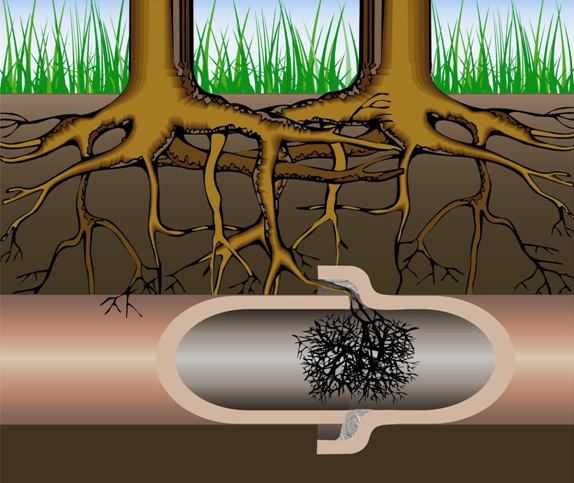



Operational considerations.
Septicity and dangerous gases: Septicity occurs when sewage is retained in the sewers for extended periods in unaerated conditions. Hence, special corrosion prevention measures for the pipes will be necessary. Further dangerous gases may be present in the sewers and...
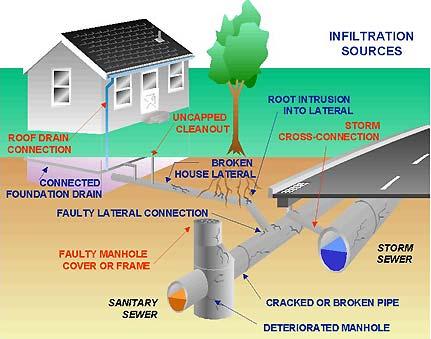
Design Sewage Flow
Design sewage flow is the expected maximum discharge in the sewer during the life of the system. This is arrived by multiplying the population expected at the end of the design period with the per capita sewage flow and a peak factor.
Design Period
The length of time up to which the sewerage...
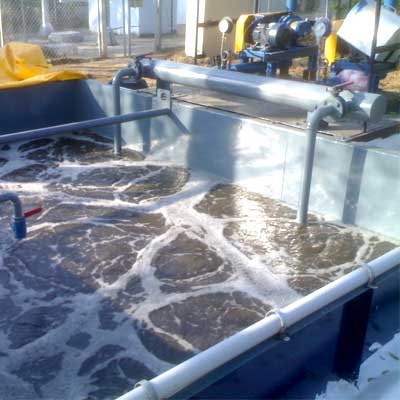
Typical characteristics of wastewater
Table A lists the characteristics of domestic wastewater of different strengths. The strength of the domestic wastewater varies with the per capita water supply available. Since the per capita contribution of organic matter is constant (only a slight variation due to food habits) the strength of...
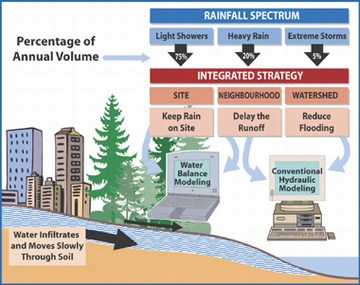
Storm Water Management
There is increasing recognition that stormwater management needs to be undertaken in a safer and more ecologically sustainable manner. Stormwater should be regarded as an asset and a resource to be valued, rather than considering it as a nuisance to be disposed of as quickly as possible.
A...
Recommended Pipe for Sewers
Comparison of pipe materials suitable for sewers are furnished in below Table.
The pipe materials recommended for gravity sewers are indicated in below...

Activated Sludge Process
Waste Water Treatment
Activated sludge process
The Activated Sludge Process is the one of the main in ( sewage treatment ) waste water treatment process. Activated sludge process was developed in England in 1914 and was so named because it involved the production of an activated mass of...
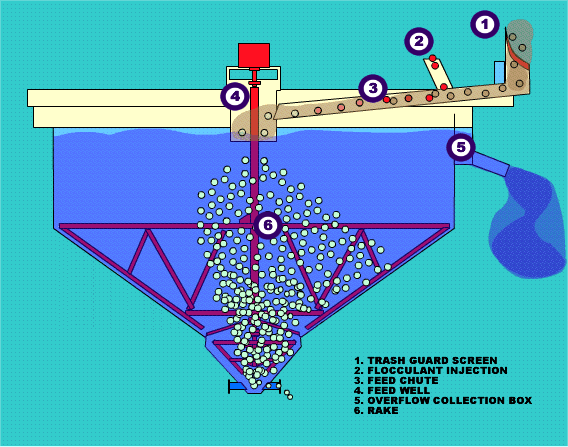
Flocculation Basin
Flocculation is the operation in which the coagulated water must be gently mixed at a propeller speed of 15 to 20 rpm to promote the growth of the floc. Slow mixing is resorted to agglomerate the floes to grow to sizes in the range of 0.1 to 2.0 mm that can be removed by sedimentation. Slow mixing...
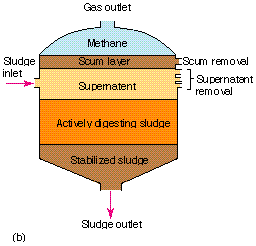
Type of Activated Sludge Process
Description of different types of Activated Sludge Process
Type of ASP
Description
Complete mix Activated Sludge Process
Settled waste water and recycled activated sludge are introduced at several points in the aeration tank. MLSS concentration and oxygen requirement are uniform...
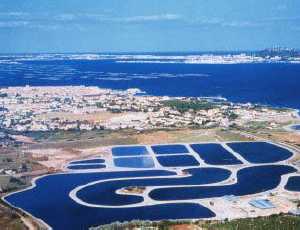
Construction of Waste Stablization Ponds
1.Site Selection for Waste Stabilization Ponds.
The site selection for locating Waste Stabilization Ponds system should consider the following factors:
The area where the water table is deep and the soil composition is heavy and impermeable.
Silt or clay soiis are ideal for pond foundations and...
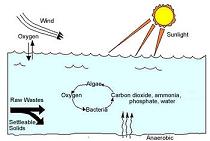
Secondary Facultative Ponds
Secondary facultative ponds, which receive settled wastewater (usually the effluent from anaerobic ponds) are 1.20 – 1.50 meters deep. They are designed for BOD removal on the basis of a relatively low surface loading of 100 – 400 kg BOD/ha-d at temperature between 20°C and 25°C to...






 LIKE TO GET UPDATES
LIKE TO GET UPDATES  TO GET EXPERT GUIDE
TO GET EXPERT GUIDE